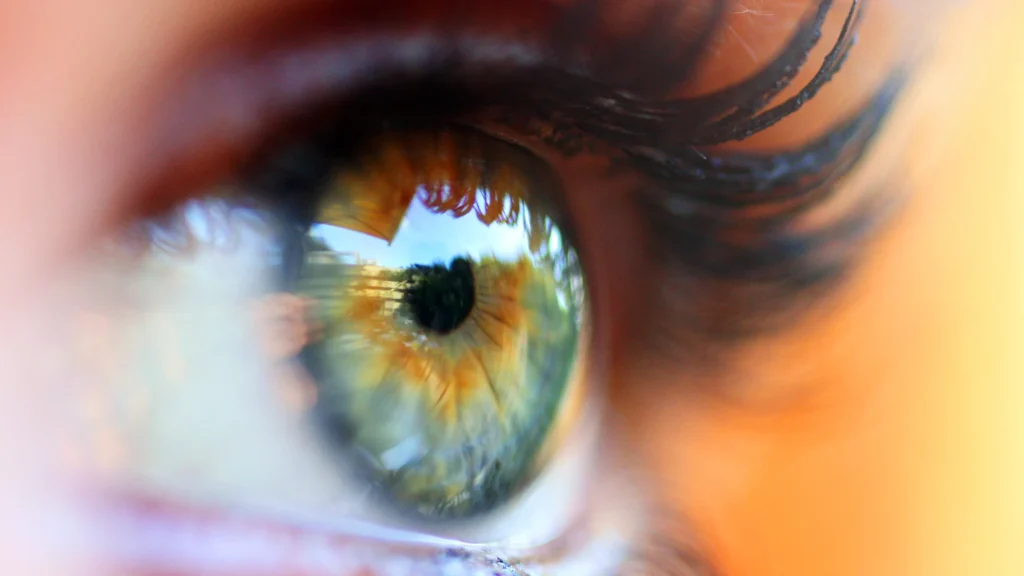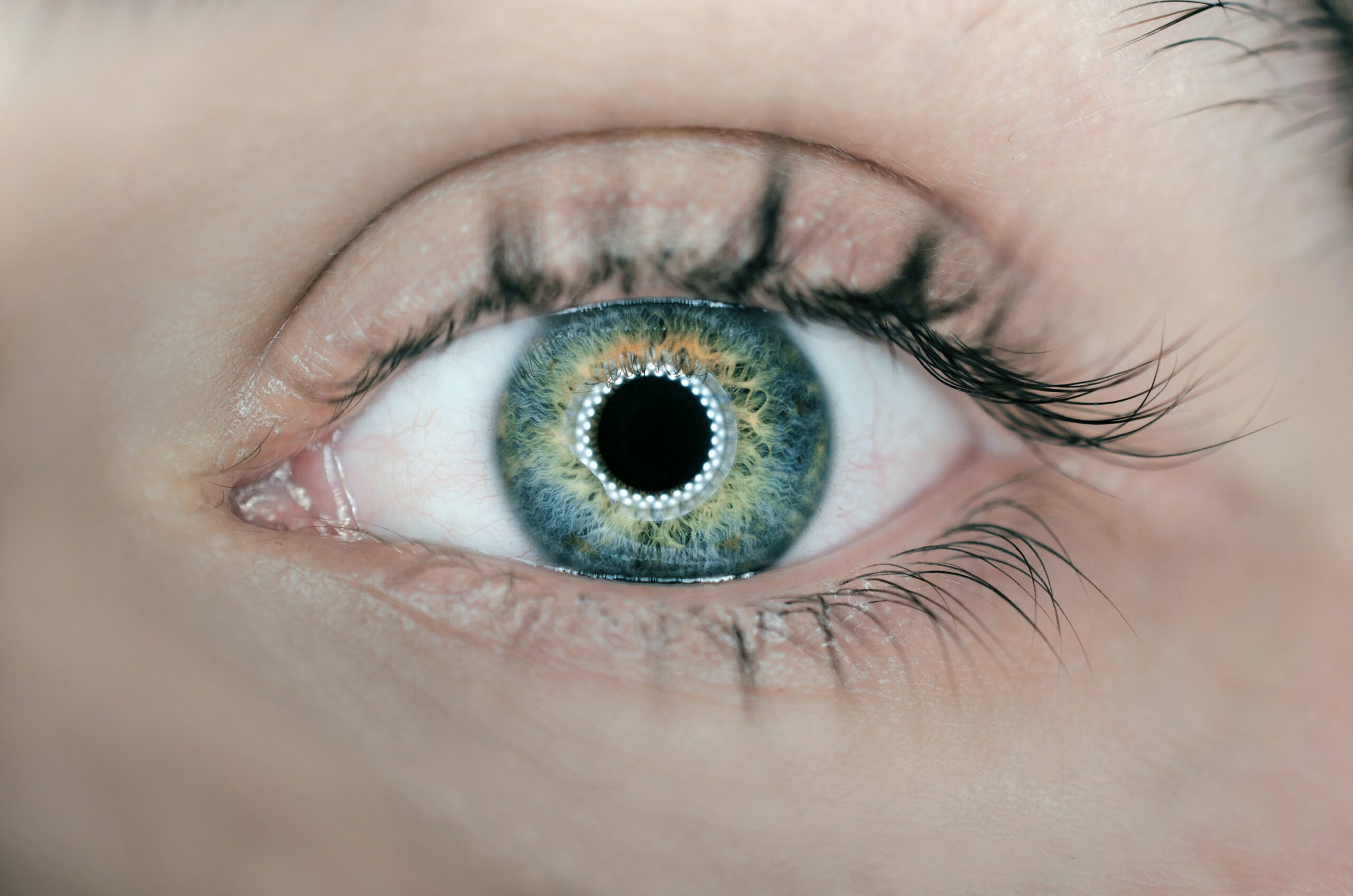
In the hustle and bustle of daily life, the significance of eye health often takes a backseat until complications arise, disrupting our routines. According to the US Centers for Disease Control and Prevention, a staggering 93 million adults in the US face a high risk of vision loss, highlighting the urgency of adopting proactive measures to safeguard our vision. This essay delves into the intricacies of nurturing eye health through 10 simple yet impactful practices, aiming to provide insights into maintaining optimal visual well-being.
- Wearing Sunglasses: One of the fundamental steps toward preserving eye health involves shielding our eyes from the harmful effects of ultraviolet rays. Sunglasses, specifically polarized glasses with smoke or gray lenses, not only offer protection against UV light but also minimize the risk of eye diseases such as cataracts, sunburn, and growths around the eyes, as highlighted by the American Academy of Ophthalmology.
- Taking Screen Breaks: In our increasingly digital-centric lives, prolonged screen time can lead to various issues, including dry eyes, blurred vision, and headaches. Adhering to the 20-20-20 rule, recommended by the American Optometric Association, proves invaluable—every 20 minutes, look at something at least 20 feet away for 20 seconds, mitigating digital eye strain.
- Taking Book Breaks: Acknowledging that screen time isn’t the sole culprit, we must extend the 20-20-20 rule to activities like reading. Holding books up close for extended periods can contribute to nearsightedness. Implementing this rule during book breaks is essential, ensuring a balanced approach to visual well-being.
- Moving Your Body: Regular exercise emerges not only as a boon for overall health but also as a contributor to eye health. The American Academy of Ophthalmology reports that exercise promotes healthy blood vessels, lowering the risk of glaucoma and diabetic retinopathy. Integrating at least 150 minutes of moderate aerobic activity weekly, along with strength training, aligns with CDC recommendations.
- Getting Outside: Beyond prescribed exercise, spending time outdoors is crucial for both children and adults. Research indicates that outdoor activities reduce the risk of developing nearsightedness. Whether playing with children in the local playground or taking a leisurely stroll, the benefits of outdoor exposure extend beyond physical health.
- Avoiding Smoking: It’s a well-established fact that smoking has detrimental effects on overall health. However, its impact on eye health is often underestimated. The Food and Drug Administration underscores the increased risk of eye diseases, including cataracts and age-related macular degeneration, among smokers. A commitment to quitting smoking can significantly enhance overall health and protect vision.
- Eating Balanced Meals: The adage “you are what you eat” holds true for eye health as well. A diet rich in vitamins A, C, and E, beta-carotene, omega-3 fatty acids, lutein, zeaxanthin, and zinc can contribute to cellular growth, reduce eye tissue inflammation, and counteract free radicals that may harm the eyes.
- Vitamin A and beta-carotene: Found in apricots, carrots, cantaloupe, sweet potatoes, red peppers, ricotta cheese, and mango.
- Vitamin C: Abundant in grapefruit, oranges, lemons, tangerines, peaches, strawberries, tomatoes, and red bell peppers.
- Vitamin E: Present in avocados, almonds, peanut butter, wheat germ, and sunflower seeds.
- Omega-3: Abundant in halibut, sardines, salmon, tuna, and trout.
- Lutein and Zeaxanthin: Found in collards, broccoli, eggs, peas, kale, spinach, romaine lettuce, and turnip greens.
- Zinc: Available in lima beans, kidney beans, black-eyed peas, lean red meats, oysters, fortified cereals, and poultry.
- Avoiding Eye Rubbing: Habitual eye rubbing, often a response to dry eyes or strain, can lead to complications such as reduced vision, headaches, inflammation, and sensitivity to light. Instead of succumbing to the urge to rub your eyes, opt for eye drops or saline solutions to maintain moisture and resist potential infections.
- Washing Hands: Practicing good hygiene, especially handwashing, emerges as a crucial element in preventing infections related to eye health. Nearly 45 million Americans wear contact lenses, and proper handwashing significantly reduces the risk of complications, with 1 in 5 contact lens infections causing corneal damage.
- Removing Makeup: As the day winds down, the seemingly mundane act of removing eye makeup assumes significance in preserving eye health. Neglecting this routine can elevate the risk of blepharitis or eyelid inflammation, emphasizing the importance of adopting good makeup practices. These practices include using products designed for eyes, regular replacement of makeup (especially after infections), avoiding application on inner lids, and refraining from sharing eye makeup.
In conclusion, nurturing eye health transcends the realm of corrective lenses and optometrist appointments. By incorporating these 10 simple yet potent practices into our daily lives, we not only prioritize our visual well-being but also contribute to the prevention of potential eye issues. From embracing outdoor activities to maintaining a nutrient-rich diet, each action plays a role in cultivating a future filled with clear vision and sustained ocular vitality. As we navigate the digital age, let us become the custodians of our eyes, recognizing that the path to optimal eye health is paved with conscientious choices and daily habits.




